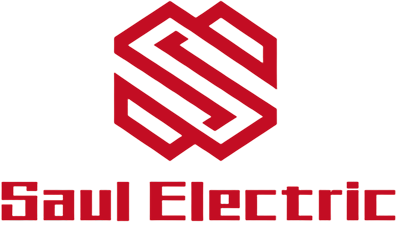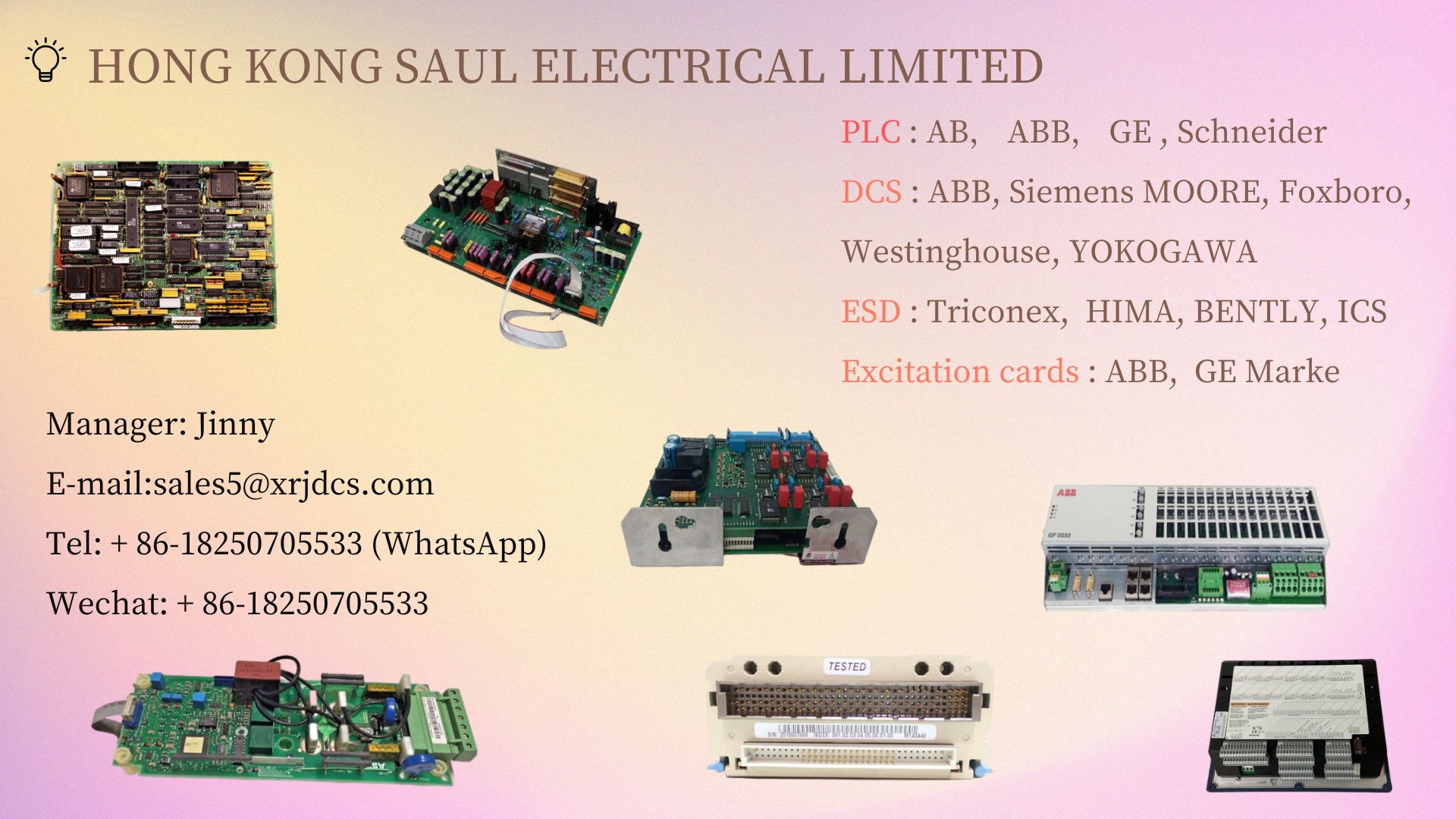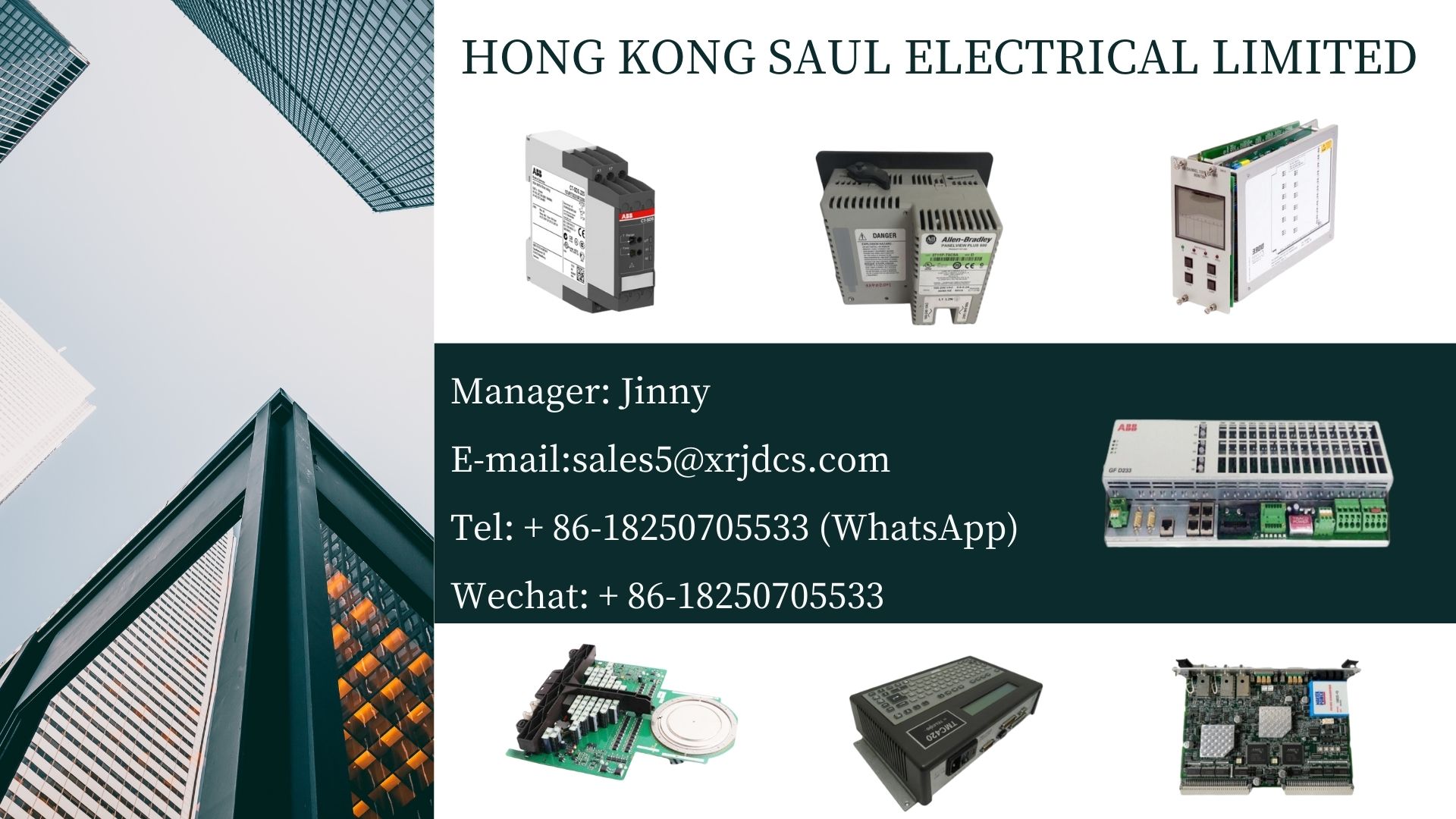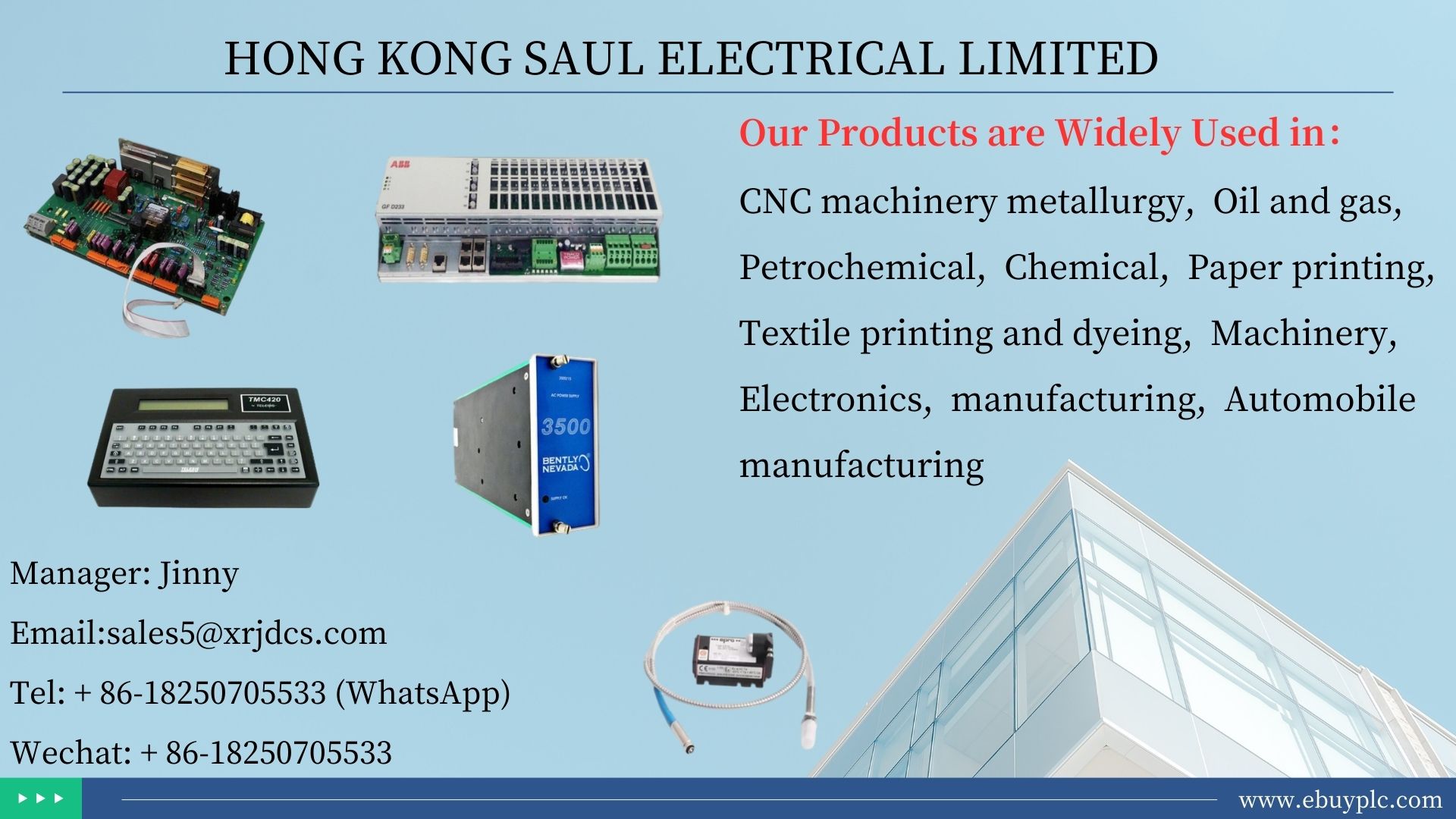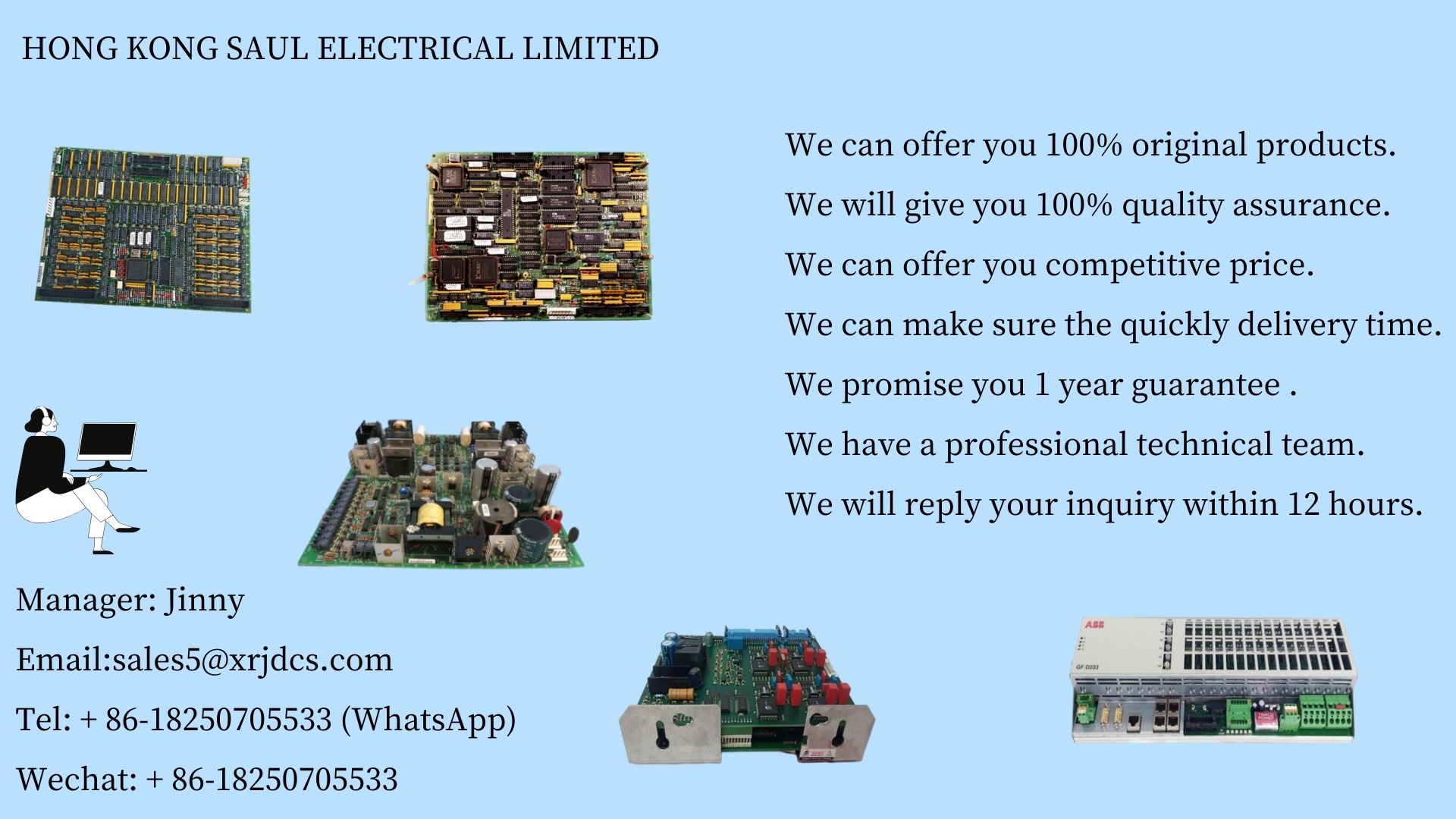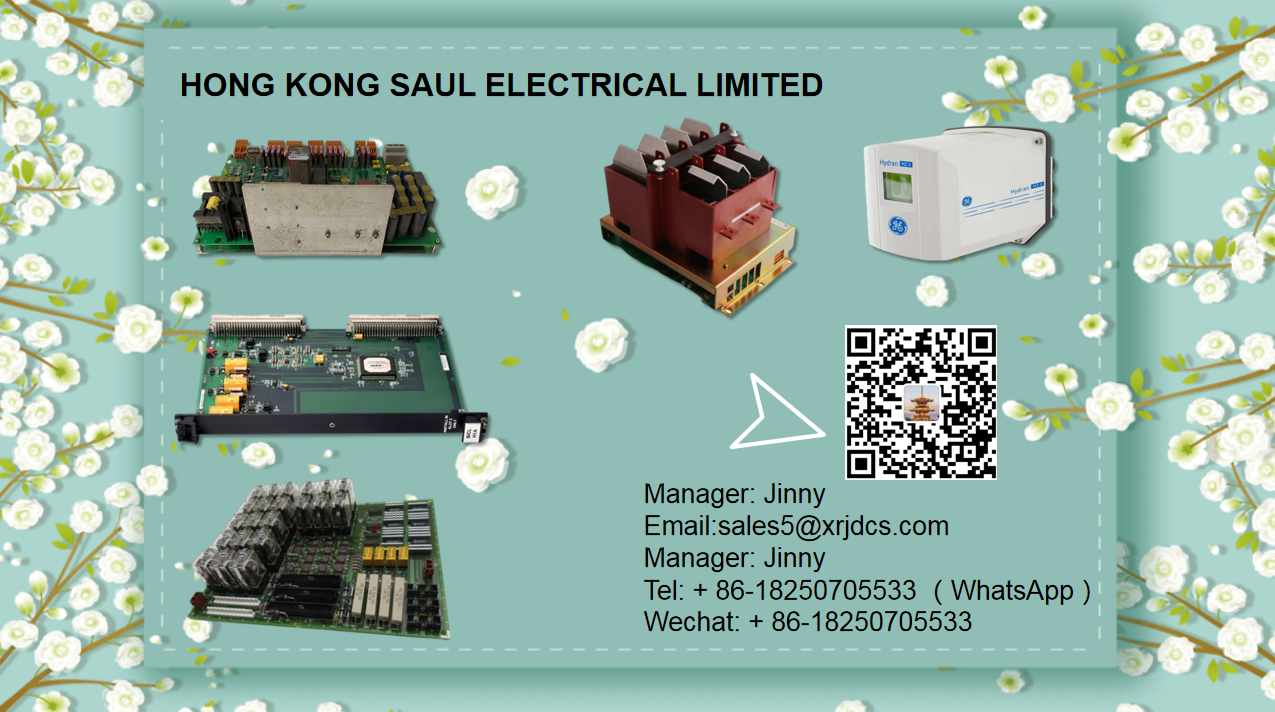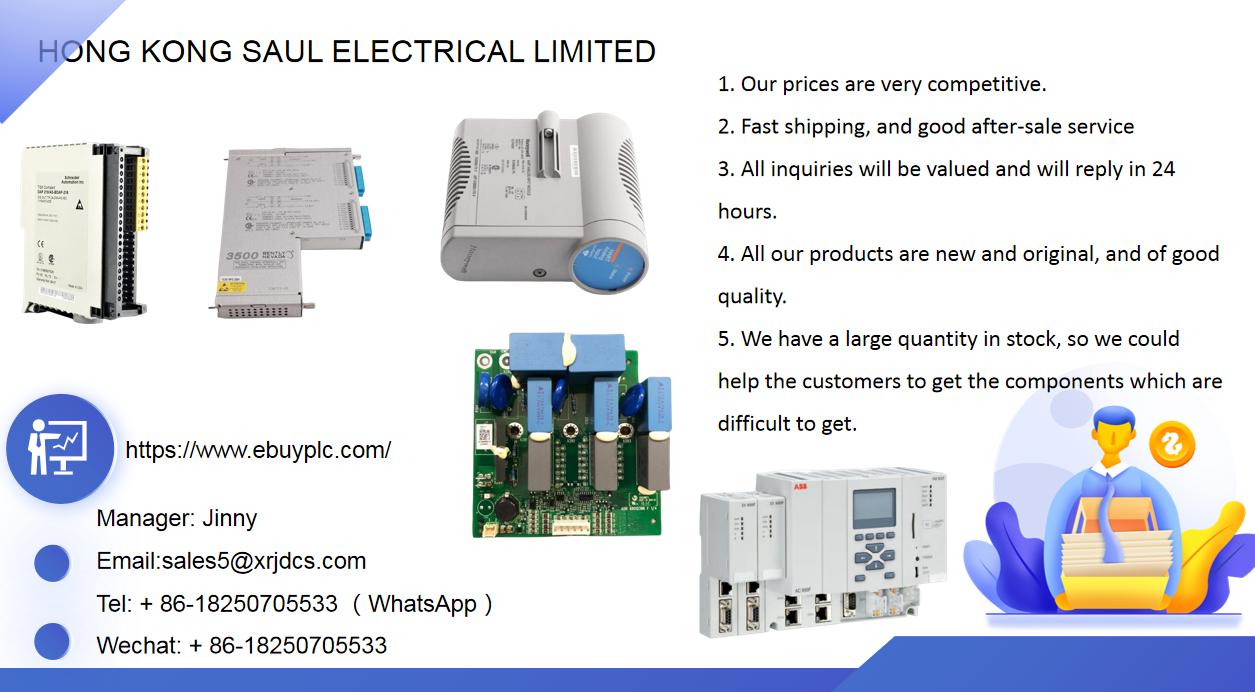0102030405
Super comprehensive DCS, FCS and PLC commentary articles
2023-12-08
Now, there are three control systems in the continuous process production automatic control or what is customarily called industrial process control, namely PLC, DCS and FCS. Today, the Automation Channel will introduce their basic characteristics and differences among the three systems.
Characteristics of the three control systems
DCS
1. Decentralized control system DCS and distributed control system TDCS are monitoring skills that integrate 4C (Com munication. Computer, Control, CRT) skills.
2. The tree topology system from top to bottom, in which communication is the key.
3. PID is in the stop station, and the stop station connects the computer with the appearance and control equipment of the field instrument.
4. It is a tree topology and a parallel link structure. There are also many cables from the relay station to the surface of the field instrument in parallel.
5. Analog signal, A/D-D/A, mixed with microprocessor.
6. One pair of wires on the surface of one machine is connected to I/O and connected to the LAN from the control station.
7. DCS is a three-level structure of control (engineer station), operation (operator station) and field surface (field measurement and control station).
8. The defect is that the cost is high, and the products of each company cannot be exchanged or interoperated. Large DCS systems are different from each other.
9. It is used for large-scale continuous process control, such as petrochemical.
PLC
1. From the switch control to the sequence control and transportation processing, it is from bottom to top.
2. Connect multiple functions such as PID control, and the PID is in the stop station.
3. One PC can be used as the master station and multiple PLCs of the same type can be used as slave stations.
4. One PLC can also be the master station and multiple PLCs of the same type can be slave stations to form a PIE network. This is more convenient than using a PC as the master station: when there is user programming, you don't need to know the communication protocol, just write according to the pattern of the instructions.
5. The PLC grid can be used as either an independent DCS/TDCS or a subsystem of DCS/TDCS.
6. The large system is the same as DCS/TDCS, such as TDC3000, CENTUMCS, WDPFI. MOD300。
7. PLC networks such as Siemens' SINEC.l1, SINEC.HI, S4, S5, S6, S7, etc., GE's GENET, Mitsubishi's MELSEC.NET, MELSEC-NET/MINI.
8. It is mainly used for sequential control in industrial process. The new PLC also has the function of closed-loop control.
FCS
1. The fundamental mission is: substantial (intrinsic) security, dangerous areas, volatile processes, and difficult to deal with unusual environments.
2. All digital, intelligent, multi-functional analog single function instrument, appearance and control equipment.
3. Use two lines to connect the loose field surface, control equipment, PID and control center, and replace two lines of each instrument.
4. On the bus, PID is equal to instrument, appearance and control equipment.
5. Multi variable, multi node, serial and digital communication systems replace single variable, single point, parallel and analog systems.
6. It is interconnected, two-way and open instead of one-way and closed.
7. Replace the converged control station with a loose virtual control station.
8. Operated by the field computer, it can also be connected to the upper computer and connected to the upper computer of the same bus.
9. The LAN can be connected with the intranet.
10. Change the traditional signal specification, communication specification and system specification into the enterprise management network.
Differences among the three control systems
Key difference
The key of DCS system is communication. It can also be said that data highway is the backbone of decentralized control system DCS. Because its mission is to provide communication networks between all components of the system, the planning of the data highway itself determines the overall flexibility and security. The media of data highway can be a pair of twisted wires, coaxial cables or optical fiber cables. To ensure the integrity of communication, most DCS manufacturers can provide redundant data. In order to ensure the security of the system, messy communication protocols and error detection skills are used.
There are three key points of FCS:
1. The center of the FCS system is the bus protocol, that is, the bus specification. In order to make the field bus meet the interoperability requirements and become a truly open system, the user layer of the IEC international specification and the field bus communication protocol model clearly stipulates that the user layer has the function of device description. To complete interoperability, each fieldbus device is depicted with a device DD. DD can be considered as a driver of equipment, which includes all necessary parameter descriptions and operation steps required by the master station. Because DD contains all the information needed to describe the equipment communication, and is independent of the master station, it can make the field equipment complete the real interoperability. The interoperability of open field bus control system, as far as a specific type of field bus is concerned, only the bus protocol of this type of field bus needs to be followed, which is open to its products and has interoperability.
2. The foundation of FCS system is digital intelligent field equipment. Digital intelligent field equipment is the hardware support and foundation of the FCS system. The reason is simple. The FCS system implements the two-way digital communication field bus signal system between automatic control equipment and field equipment. If the field equipment does not follow the unified bus protocol, that is, the relevant communication protocol, and does not have the function of digital communication, then the so-called two-way digital communication is just empty talk, and it cannot be called the field bus control system. One more thing, one of the characteristics of the fieldbus is to add the field level control function.
3. The essence of the FCS system is the on-site information processing. For a control system, whether DCS or fieldbus is selected, the system needs to process at least the same amount of information. In fact, more information can be obtained from the field after selecting the field bus. The amount of information in the field bus system has not been reduced, or even added, while the cables for transmitting information have been greatly reduced. This requires, on the one hand, to greatly improve the ability of cable transmission of information, on the other hand, to make a lot of information be processed locally on the site and reduce the information round-trip between the site and the control room. It can be said that the essence of field bus is the field of information processing. Reducing information round-trip is an important principle in network planning and system configuration. Reducing information round-trip often brings the advantage of improving system response time.
Comparison of typical systems
By using the field bus, users can cut down the field wiring a lot, and use a single field surface to complete the multivariable communication. The equipment produced by different manufacturers can be completely interoperated, and the field level control function is added. The system integration is greatly simplified, and the protection is very simple.
Planning, investment and application
The premise of comparison is to compare DCS system with typical and ambitious FCS system. Why do we make such assumptions. As a DCS system, the skill requirements put forward in the early stage of development have been met and improved. Now the situation is further progress, so there is no typical and ambitious statement. As an FCS system, it has just entered into practical use in the 1990s. As a skill requirement at the early stage of development: compatibility and openness, two-way digital communication, digital intelligent field equipment, high-speed bus, etc., it is still not ambitious and needs to be improved. This state cannot be said to have nothing to do with the formulation of international specifications for fieldbus. In the past decade or more, all bus arrangements have been busy formulating specifications, developing products, and occupying more markets. The intention is to squeeze into the specifications and occupy a larger market legally. Now the war on international norms has come to an end. All major companies have realized that to truly occupy the market, they must improve the system and related products.
PLC development
PLC was first presented in the United States in the late 1960s, intended to replace relays, perform logic, timing, counting and other sequential control functions, and establish a flexible program control system. It was formally named and defined in 1976: PIE is a special electronic computer for digital control. It uses programmable memory to store instructions, perform functions such as logic, sequence, timing, counting and calculus, and control various machines or working programs through analog and digital input, output and other components. Through more than 30 years of development, PIE has been very mature and perfect, and has developed analog closed-loop control functions. The position of PIE in the FCS system seems to have been determined without much debate. PIE is hung on the high-speed bus as a station, giving full play to the advantages of PIE in processing switching value. In addition, the process of auxiliary workshops of thermal power plant, such as make-up water treatment workshop, circulating water workshop, ash and slag removal workshop, and coal handling workshop, is mainly controlled in sequence. PLC has its unique advantages in sequence control
